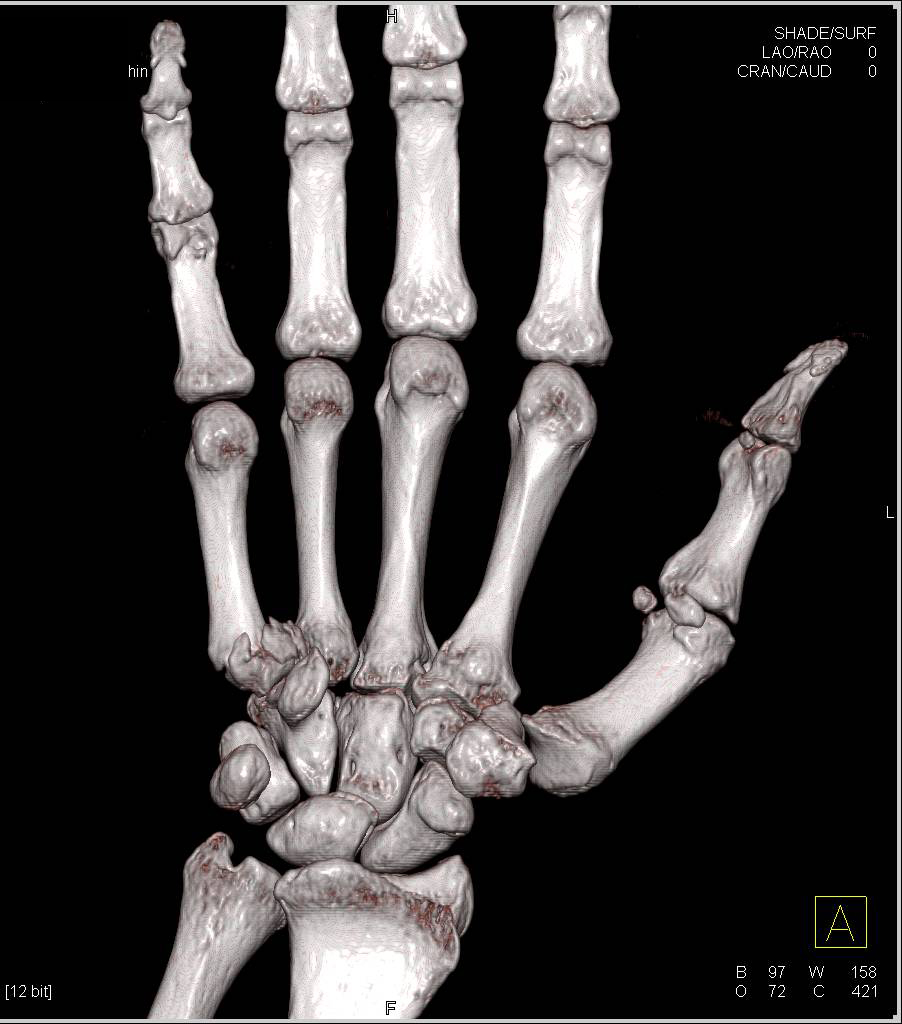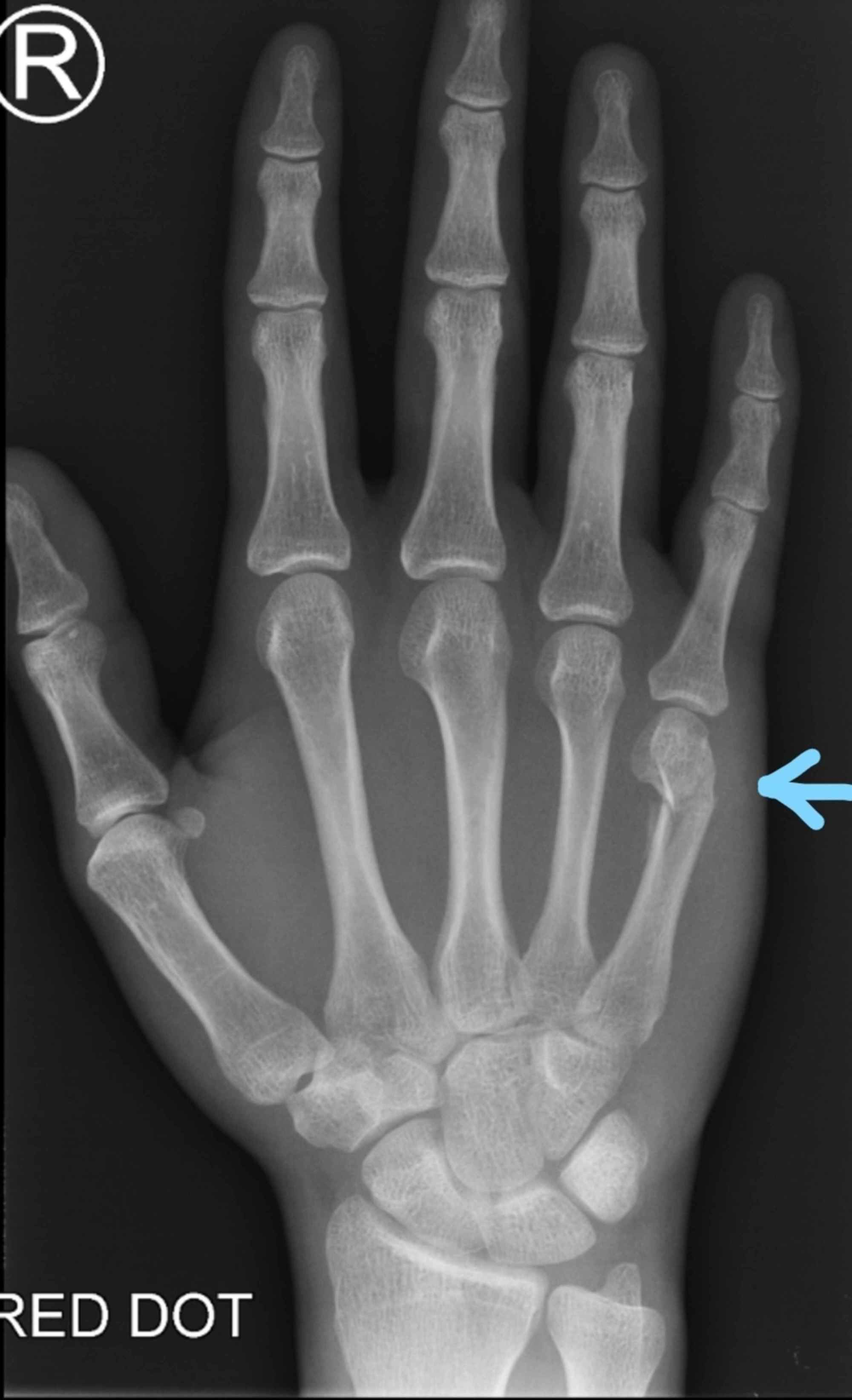

About 30 years ago this injury was treated with a cast, and doctors that followed patients 10 years after the injury showed that they did just fine.
/GettyImages-486466737-59f3fc50d963ac0010585886.jpg)
Sometimes a screw is used instead, which allows people to start moving their thumb after only about 1 week, but its a more challenging surgery. However, more commonly two pins are needed to hold the thumb in position for about 6 weeks until the bone has healed, and then the pins are removed. If the thumb breaks but doesnt move out of position (<2 mm displacement), which is uncommon, then a cast alone can treat the injury. A tiny ligament called the Anterior Oblique Ligament ("Beak Ligament") holds that small fragment in place. The fracture pattern is usually very similar among people: there is a small fragment in the front that remains in contact with the wrist bone, while the rest of the thumb bone gets pulled backward and out of position by your thumb muscles (the AbPL, EPL, AdPL). 1) If there is a single fragment at base of the thumb. There are two types of thumb fractures that involve the joint (also know as the CMC joint).
#Metacarpal fracture crack
Therefore, a crack that go into the joint needs to be treated aggressively, usually with surgery. Anything that increases friction within the joint, like an uneven surface caused by a crack in the bone, can cause long-term damage. Our thumbs are like a high performance car tires, they are in constant use for daily tasks, and therefore they will "wear out" (aka develop thumb arthritis, see talk) if the joint cannot glide smoothly. Doctors are therefore much much more worried about an injury to our thumb joint (meaning a break that enters into the joint, also known as an "intraarticular fracture"). Instead, the energy is transferred to the base of the thumb (at the joint) and this is where injury occurs. However, because the thumb so mobile, the bone rare breaks in the middle. Most cracks can be pulled straight (or almost straight) and then casted for a few weeks.

Generally speaking your thumb can be bent out of position up to 30 degrees before it really starts to affect position. In contrast, because your thumb is so mobile, it can compensate for an abnormal bend caused by the broken bone much better than your rigid index finger. As discussed in the broken finger section ( see talk), your other fingers can only be bent by 10 degrees or less, anything more and the finger will not function normally. How is a Broken Thumb treated? The thumb is very mobile, it has great motion in every direction, and because of this, the thumb is very forgiving of any break that causes it to bend out of position.


 0 kommentar(er)
0 kommentar(er)
